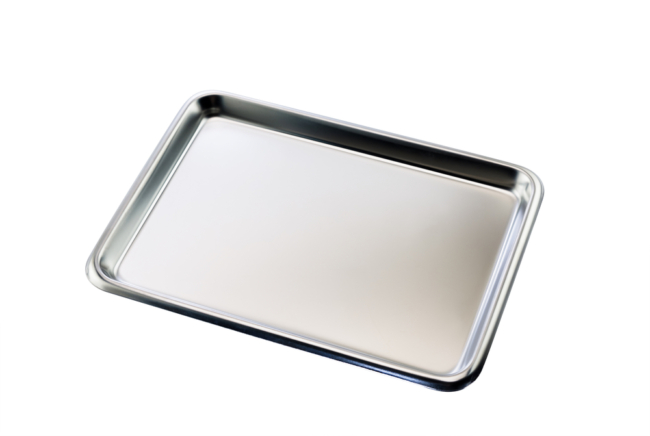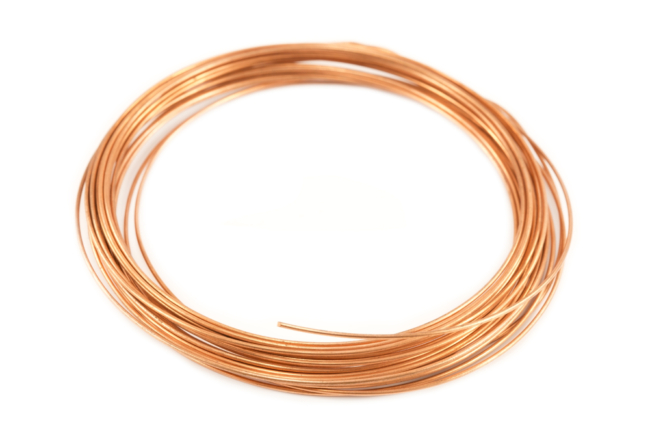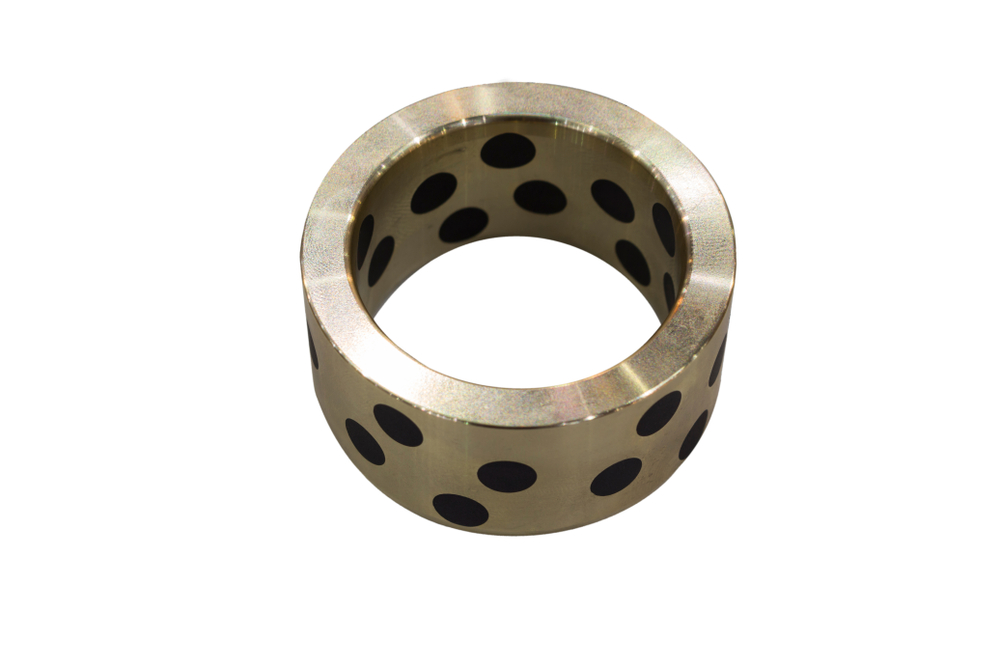Is Brass Expensive? The Price of Brass vs Other Metals
In this article, we will explore what influences the price of brass and compare it with other metals. Whether you're an experienced brass turned parts manufacturer or a DIY enthusiast, understanding the cost of brass will help you make informed decisions. So, let's dive in and discover if brass is worth your investment.
What Affects the Price of Brass?
When considering the current price of brass, there are several factors to consider. Firstly, the composition of brass plays a significant role in determining its price, with different alloys and variations of copper and zinc affecting the cost.
Additionally, market demand for brass can influence its price, as higher demand can drive up costs. Lastly, manufacturing processes, including the extraction and refining of raw materials, as well as the production and finishing of brass products, can contribute to the overall price. Other factors like geographical location and transportation costs can also impact the final price of brass.
How the Composition of Brass Influences Price
As mentioned, brass is an alloy made of copper and zinc primarily. The ratio of these two metals in the composition of brass plays a significant role in determining its price. The higher the copper content, the more expensive the brass will be. Copper is a valuable metal, so brass with a higher copper content will have a higher price. On the other hand, if the brass has a higher zinc content, it will be less expensive. Zinc is less expensive than copper, so brass with a higher zinc content is more affordable. Therefore, when buying brass products, it is important to consider the composition of brass to ensure you are getting the best value for your money.
Different Types of Brass and their Cost
The price of each type of brass compared to the other types can vary depending on market conditions and fluctuations in metal prices. However, in general, brass alloys with higher zinc content tend to be less expensive compared to those with lower zinc content. This is because zinc is typically cheaper than copper.
Here is a summary of the price range for each type of brass:
Alpha Brass
This type of brass, with a zinc content ranging from 5% to 20%, is relatively soft and malleable. It is commonly used in brass plumbing fittings, musical instruments, and decorative applications. Alpha brass is generally less expensive compared to other types of brass due to its lower zinc content.
Alpha-Beta Brass
With a zinc content ranging from 20% to 45%, alpha-beta brass alloys are stronger and harder than alpha brass. They exhibit higher tensile strength and improved machinability. Alpha-beta brass alloys tend to be slightly more expensive than alpha brass due to their higher zinc content.
Cartridge Brass
Also known as 70/30 brass, this alloy contains 70% copper and 30% zinc. Cartridge brass offers excellent strength, good corrosion resistance, and high ductility. It is commonly used in ammunition casings, plumbing fittings, and musical instruments. Cartridge brass is typically priced similarly to alpha-beta brass due to its lower copper content.
Naval Brass
This brass alloy consists of approximately 60% copper, 39% zinc, and a small amount of tin. Naval brass offers excellent corrosion resistance in marine environments, making it suitable for shipbuilding, marine hardware, and propeller shafts. Due to its composition and properties, naval brass may be slightly more expensive compared to other types of brass.
Dezincification Resistant Brass
This brass alloy contains a small amount of arsenic or aluminium to prevent dezincification, a process that weakens the material in certain environments. Dezincification resistant brass is commonly used in plumbing systems, valves, and fittings. The price of this type of brass can vary but is generally comparable to other types with similar zinc content.
Leaded Brass Alloys
Leaded brass contains a small amount of lead, typically between 1% and 3%, which improves machinability and lubricity. It is commonly used in plumbing fittings, electrical connectors, and automotive components. However, due to environmental concerns and health risks associated with lead, the use of leaded brass has decreased over the years. Lead-free alternatives such as eco brass have replaced leaded brass in many industries. The price of leaded brass may be similar to other types of brass alloys with similar properties.
It is important to note that the pricing of brass alloys can be influenced by various factors, including market conditions, metal prices, and supplier pricing strategies. Therefore, it is advisable to consult with suppliers or check current market prices for accurate pricing information on specific brass alloys.
How Market Demand Influences the Value of Brass
The price of brass is influenced by market demand, which can fluctuate based on various factors. When there is high demand for brass products, such as in the construction or automotive industries, the price tends to increase.
On the other hand, when demand is low, the price may decrease. Market demand is influenced by factors like economic conditions, consumer preferences, and global trends. For example, during a recession, demand for brass products may decline as people cut back on non-essential purchases.
Understanding these market dynamics can help you make informed decisions when buying or selling brass. It's important to keep an eye on market trends and stay informed about industry developments to anticipate changes in demand and adjust pricing strategies accordingly.
How Manufacturing Processes Influences the Price of Brass
The way that brass is manufactured can also affect its cost. The first step in manufacturing brass is to melt down copper and zinc, the two main components of brass. The ratio of copper to zinc used in the manufacturing process can vary, and this can affect the final price of the brass.
Additionally, the method used to shape and form the brass, such as casting or extrusion, can also impact the cost. More complex manufacturing processes, such as forging or machining, may require additional steps and equipment, which can lead to a higher price. Furthermore, the quality of the manufacturing process, including the level of precision and the use of advanced techniques, can also influence the price of brass. So, when considering the price of brass, it is important to take into account the manufacturing processes involved.
How Other Factors Like Geographical Location and Transportation Costs Influences the Price of Brass
Geographical location and transportation costs can significantly impact the price of brass. For instance, if a brass manufacturer is located far away from the source of raw materials, they may have to pay higher transportation costs to bring those materials to their facility.
Similarly, if the market for brass products is far away from the manufacturing facility, the transportation costs to deliver the finished products to customers will be higher. These added costs ultimately get passed on to the consumers, making brass more expensive in certain locations.
Is Brass Expensive Compared to Other Metals?
When it comes to brass, it's important to consider its price in comparison to other metals. Below are a selection of metals similar to copper or often compared to it when making manufacturing decisions.
Brass vs Stainless Steel
Stainless steel is generally more expensive than brass. The price difference is primarily due to the different manufacturing processes and the materials used. Stainless steel is made primarily from iron, chromium, and nickel, which are relatively expensive metals. Additionally, stainless steel requires more complex production techniques and higher energy consumption during manufacturing, adding to its cost.
Brass, on the other hand, is a non-ferrous alloy made primarily from copper and zinc, which are more affordable. The simpler manufacturing process and lower material costs contribute to the comparatively lower price of brass.
Stainless steel is known for its excellent corrosion resistance, high strength, and durability. It is commonly used in applications where hygiene, strength, and resistance to harsh environments are crucial, such as in the food and beverage industry, medical equipment, and construction.
Brass, on the other hand, has good corrosion resistance, but not as high as stainless steel. It is valued for its aesthetic appeal, as it has a warm golden colour that can resemble gold. Brass is also relatively malleable, making it suitable for various manufacturing processes like casting, forging, and machining.

Brass vs Copper
Copper is generally less expensive than brass. The price difference arises from the additional cost of zinc, which is added to copper to produce brass. Copper, being a pure metal, has a simpler production process and lower material costs compared to brass.
While both brass and copper have good electrical and thermal conductivity, copper is slightly superior in terms of electrical conductivity. Copper is widely used in electrical wiring, power transmission, and electronics industries due to its excellent conductivity properties.
Brass, on the other hand, offers better machinability and formability compared to copper, lending itself to CNC machining for example. It is often preferred in applications where both aesthetic appeal and functionality are important, such as in decorative items. Brass also has better resistance to corrosion compared to pure copper, making it suitable for outdoor applications.

Brass vs Bronze
Bronze is generally more expensive than brass. The price difference can be attributed to the composition of the alloys. While both brass and bronze are copper-based alloys, bronze contains additional metals such as tin, aluminium, or silicon, which are relatively costlier than zinc used in brass.
Bronze is known for its superior hardness and durability compared to brass. Different alloys of bronze are frequently used in easily formed products requiring high strength, such as gears, bearings, screws, and heavy-duty machinery. Bronze also has excellent resistance to corrosion, particularly in marine environments.
In contrast, brass offers better machinability and formability compared to bronze, allowing more advanced components to be created. Its lower cost and aesthetic appeal make it a popular choice for decorative items, plumbing fittings, and electrical connectors. Brass also has good corrosion resistance and is easier to polish and maintain than bronze.

Is Recycled and Scrap Brass Worth it?
Brass is a highly recyclable material that holds significant value in both its scrap and recycled form. When brass products reach the end of their lifecycle, they can be easily collected, processed, and recycled into new brass products. The recycling process involves melting down the brass scrap, removing impurities and then casting it into desired shapes or forms.
Recycled brass also holds its versatility and unique properties. It can be used to create new brass products without compromising on quality or performance. Recycled brass maintains its desirable properties, such as corrosion resistance, malleability, and conductivity. This makes it an attractive choice for manufacturers who aim to incorporate sustainable and eco-friendly materials into their production processes.
The value of scrap brass is determined by various factors such as the current market demand, the purity of the brass, and the quantity being recycled. Brass scrap prices fluctuate depending on global market conditions and the availability of brass in the recycling stream. Generally, the purer the brass and the larger the quantity being recycled, the higher the value.

Things to Remember When Buying Brass
When buying brass, it's important to consider factors like intended use, durability, and reliable suppliers. First, think about what you will be using the brass for. Will it be for decorative purposes or for functional items like hardware or plumbing fixtures? This will help you determine the quality and thickness of the brass you need.
Next, consider how durable the brass needs to be. If it will be exposed to harsh conditions or frequent use, you'll want to choose a high-quality brass that is more resistant to corrosion and wear. Finally, make sure to identify reliable suppliers and manufacturers. Look for companies with good reviews and a history of producing high-quality brass products. By considering these factors, you can make an informed decision and find the right brass for your project.
